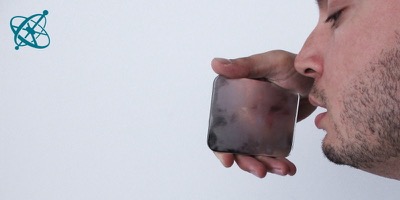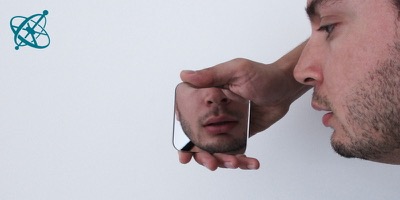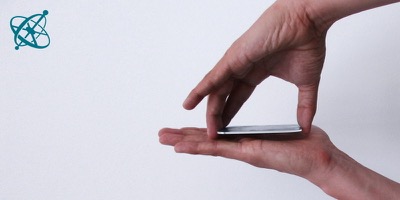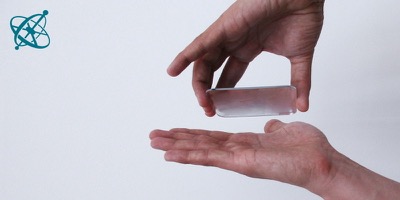 www.sciensation.org | Ciênsação hands-on experiments are published as Open Educational resources under a Creative Commons Attribution-ShareAlike 4.0 International License.
www.sciensation.org | Ciênsação hands-on experiments are published as Open Educational resources under a Creative Commons Attribution-ShareAlike 4.0 International License.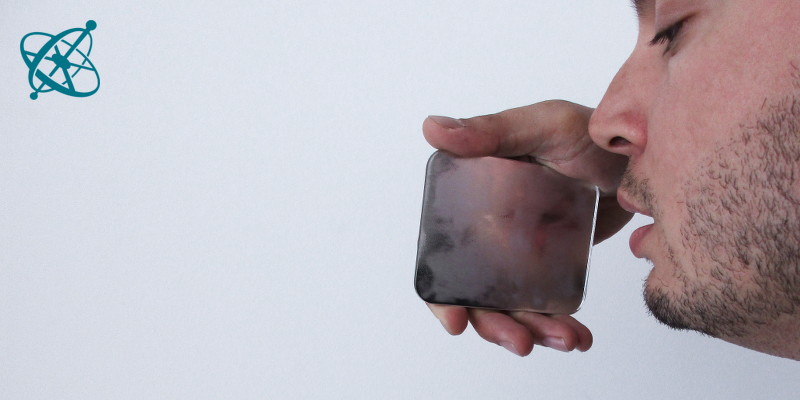
What is that on the mirror?
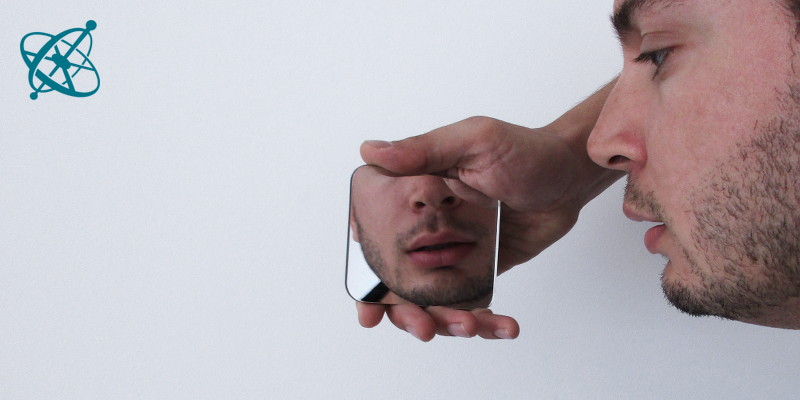
Why and how does it disappear?
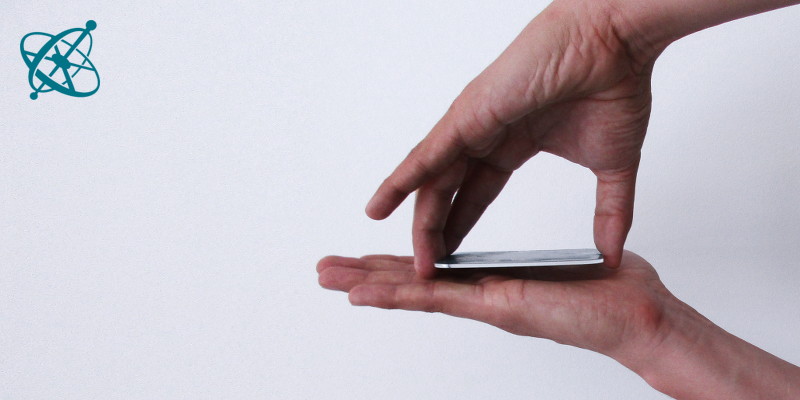
We release water vapor in our breath and via our skin,…
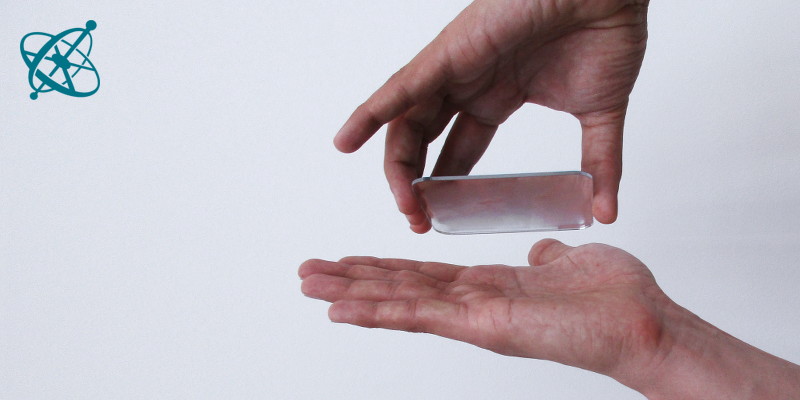
…which condensates on the mirror.
Breathing water
The water vapor in our breath becomes visible when it condensates on a mirror. You can use this every-day experience to challenge your students: Let them find evidence to convince you that it is actually water which appears (condenses) and quickly disappears (evaporates) on a mirror surface when you breath onto it.
Condensed water vapor makes glossy surfaces foggy.
Human breath contains water vapor.
The skin evaporates water.
Construct scientific argumentations.
Breath onto a mirror (or glass) and carefully observe what happens. Then hold the mirror very close over the palm of your hand without touching it and observe the change on the mirror.
1. What is this 'thing' that appears on the mirror and then disappears again?
2. Where does it come from and where does it go?
Where have you seen something similar before?
› On the bathroom mirror after taking a hot shower.
If you swipe your dry finger over it: how does it feel?
› Wet.
During the discussion, your class should find evidence for the conclusion that we breath out water vapor and loose water through evaporation from the skin. Help them construct a convincing rationale, e.g. by asking why they are sure it's not 'sweat' or 'heat' but water they see condensing and then evaporating. For instance: To show that it is not sweat – but only the evaporated water from it – one could touch the mirror and note that sweat leaves traces instead of completely evaporating.
